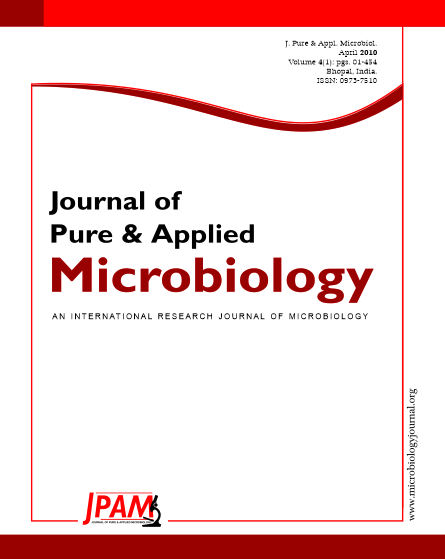The agricultural wastes such as hardwood sawdust, softwood sawdust, banana stems, banana peels were subjected to the cellulytic action of the intact cells of Trichoderma viride grown in 5% wheat bran medium in presence of glucose as major carbon source. The central theme of this attempt was their transformation into fermentable sugar for onward conversion into ethanol in energy context. The results indicated that all the wastes showed some tendency to degradation, but banana stem was the best substrate as it exhibited the highest loss in weight, during the fermentation. There was a large consumption of sugar by the organism in the earlier stages of its growth. In the later stages, sugar was produced due to the degradation of cellulose present in agricultural wastes by cellulase produced by the organism
Transformation, Agricultural Waste, Sugar, Trichoderma viride
© The Author(s) 2010. Open Access. This article is distributed under the terms of the Creative Commons Attribution 4.0 International License which permits unrestricted use, sharing, distribution, and reproduction in any medium, provided you give appropriate credit to the original author(s) and the source, provide a link to the Creative Commons license, and indicate if changes were made.


